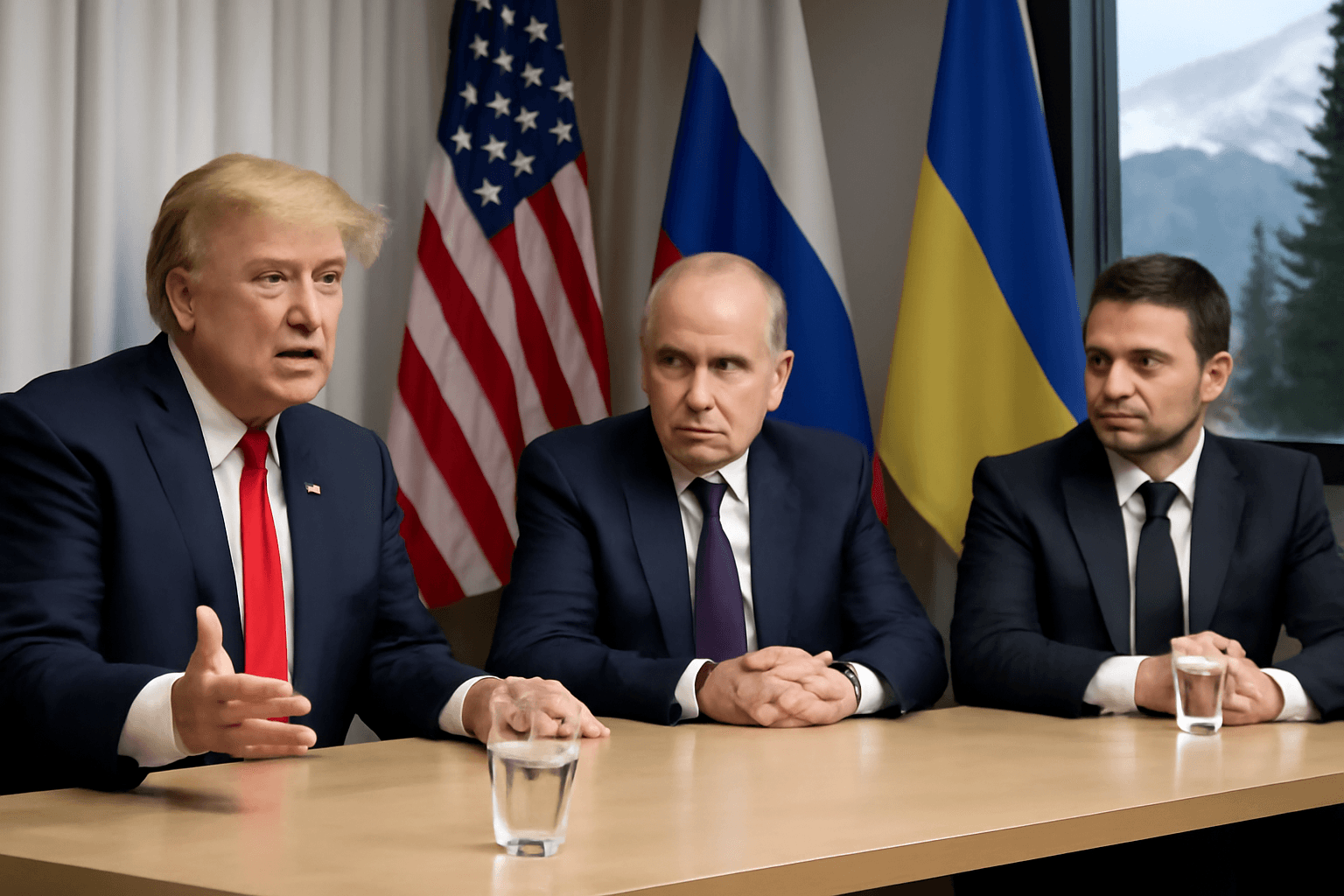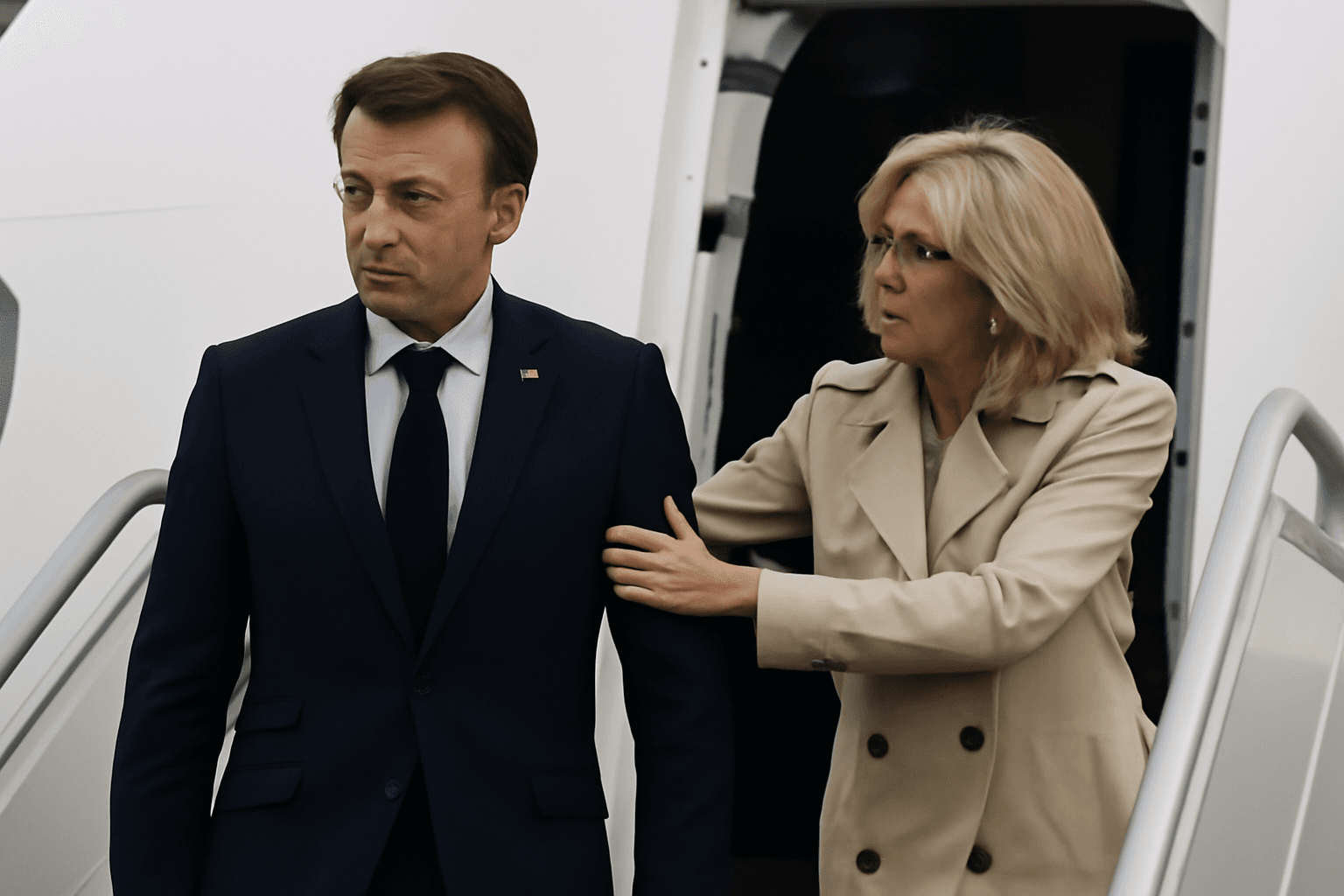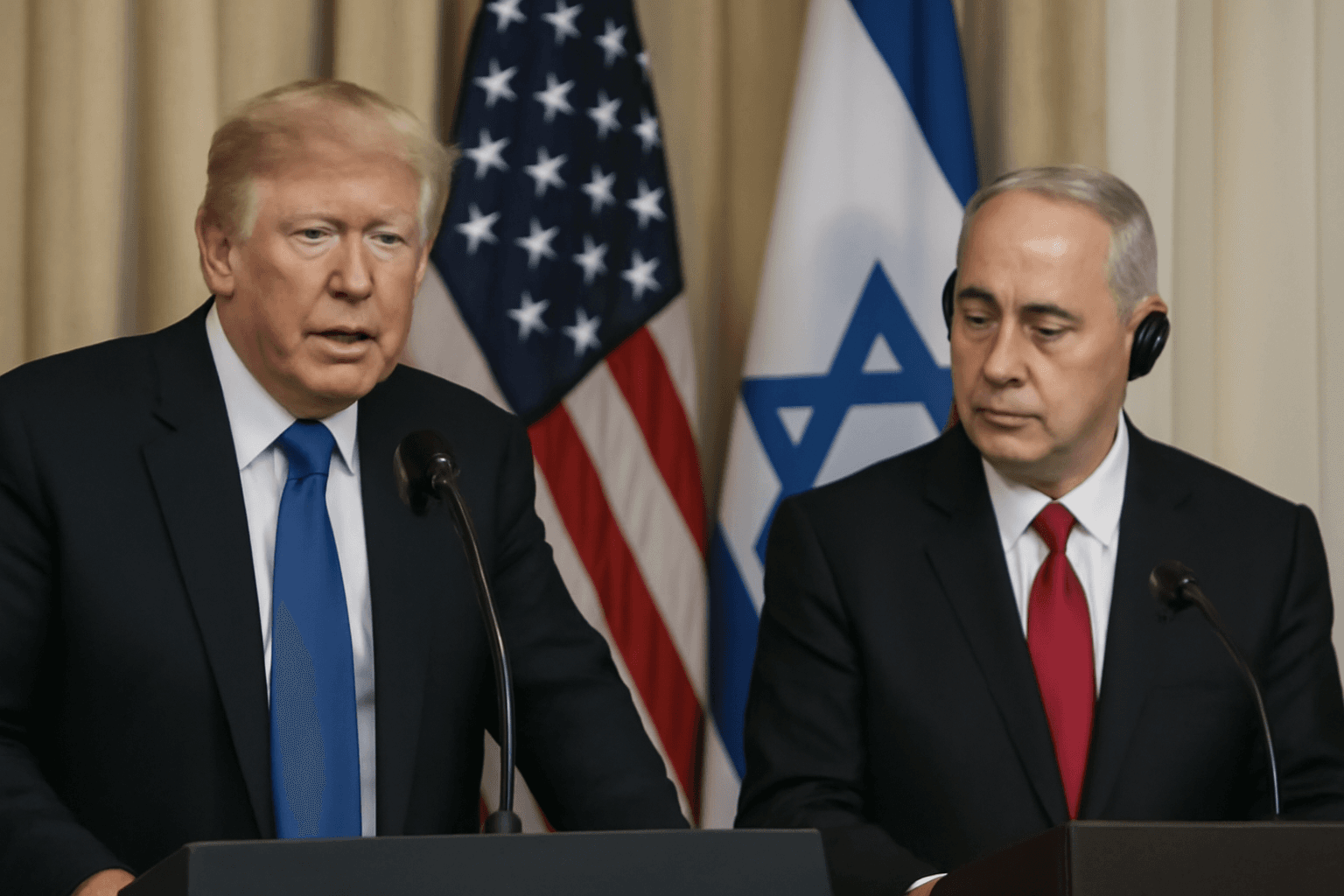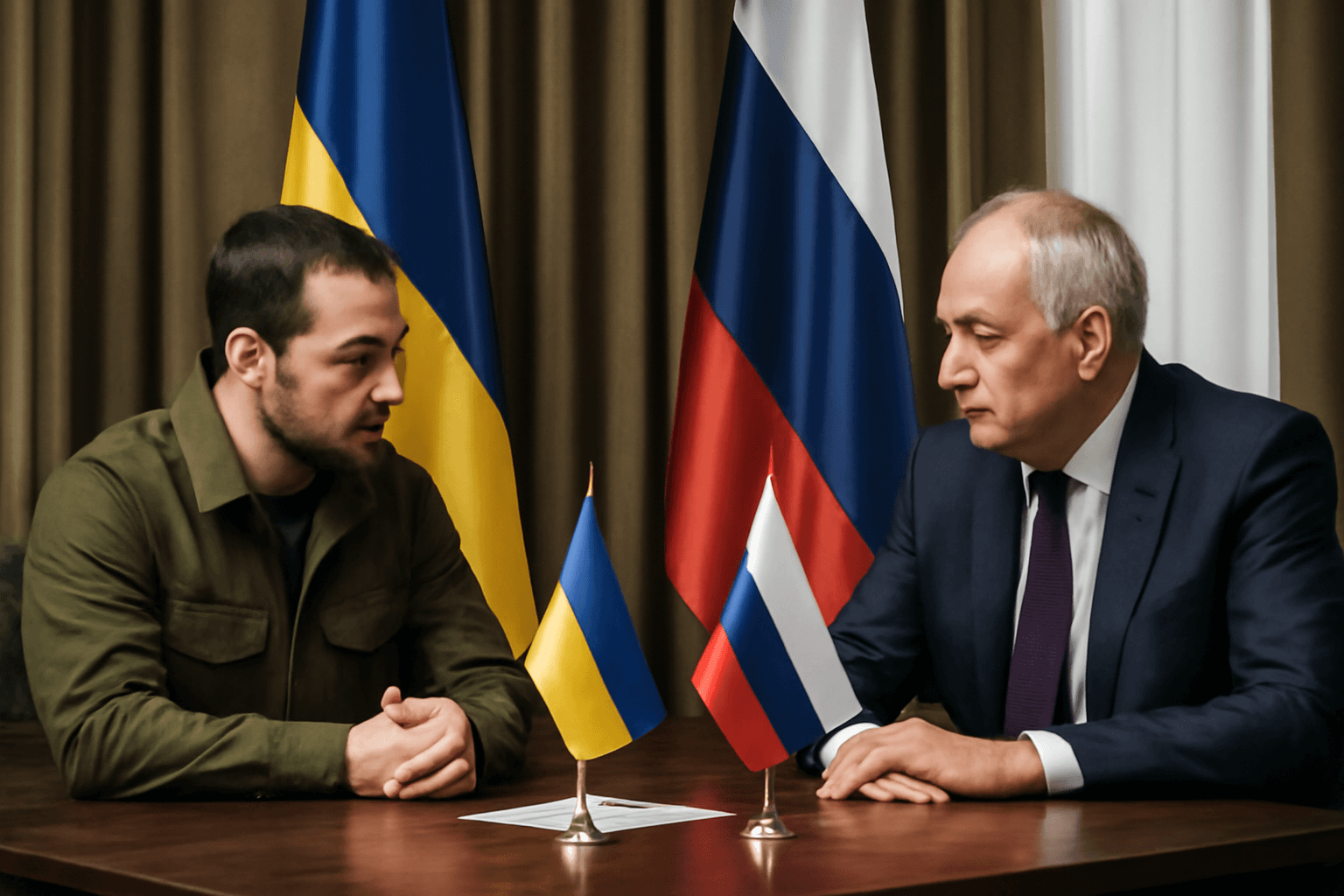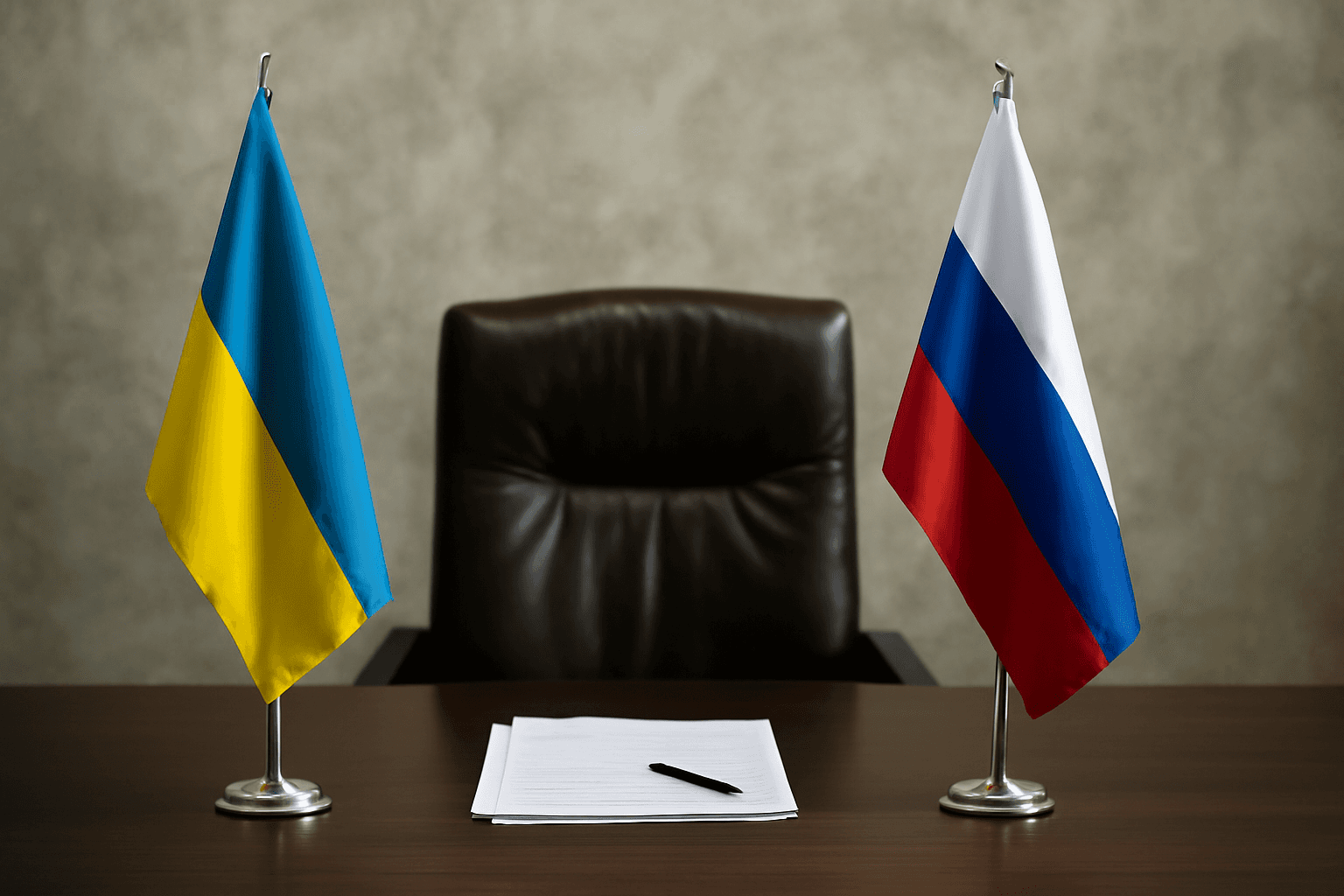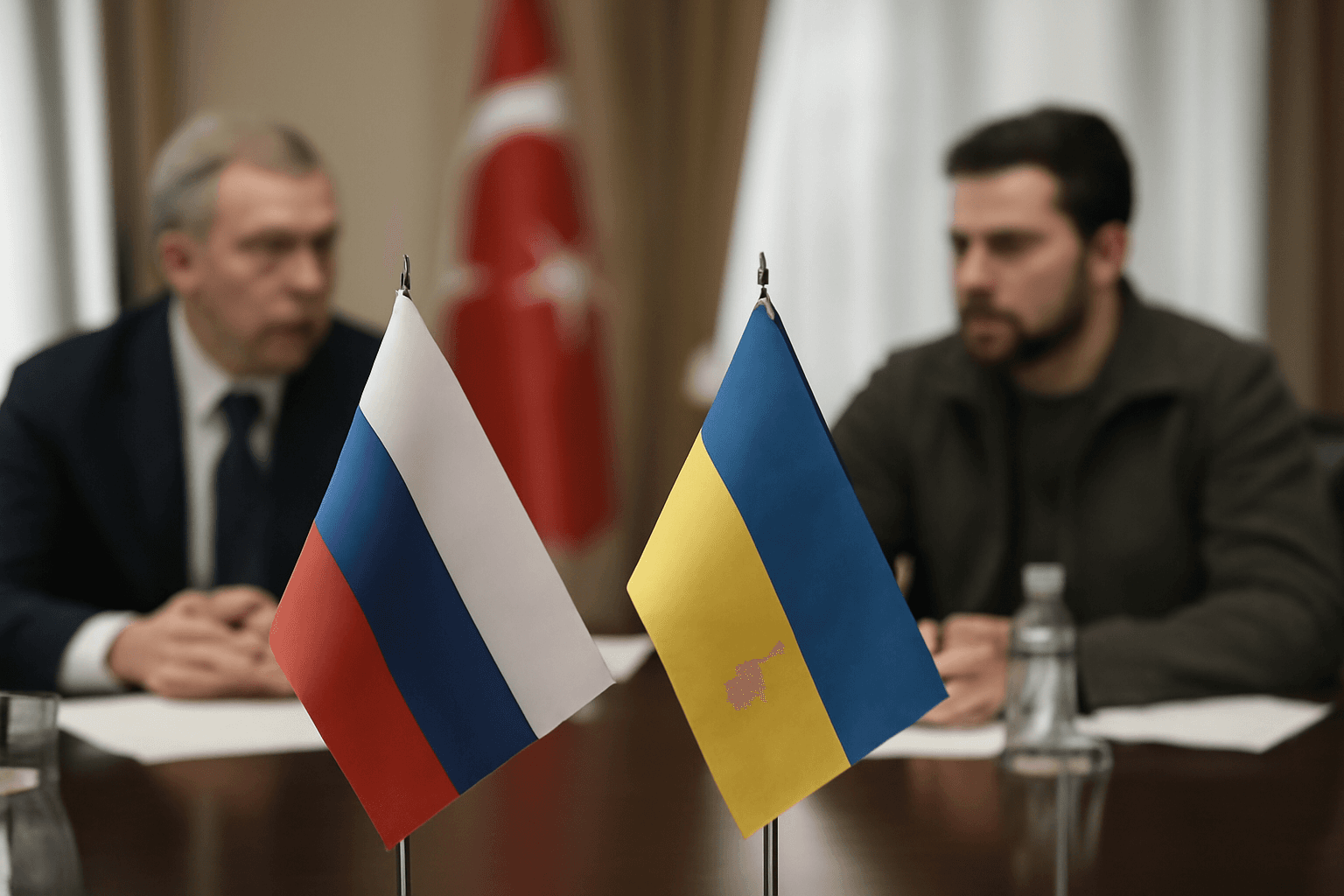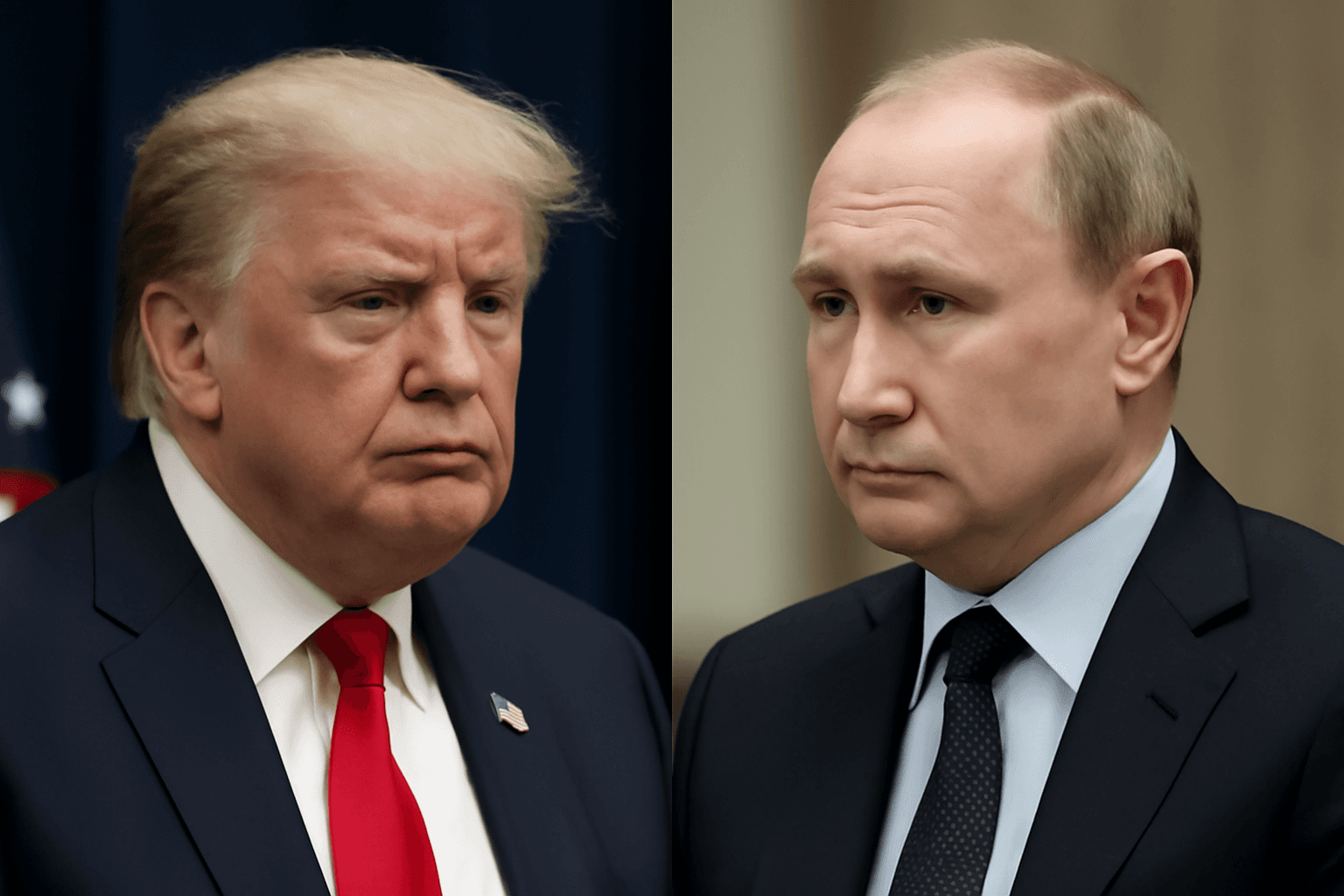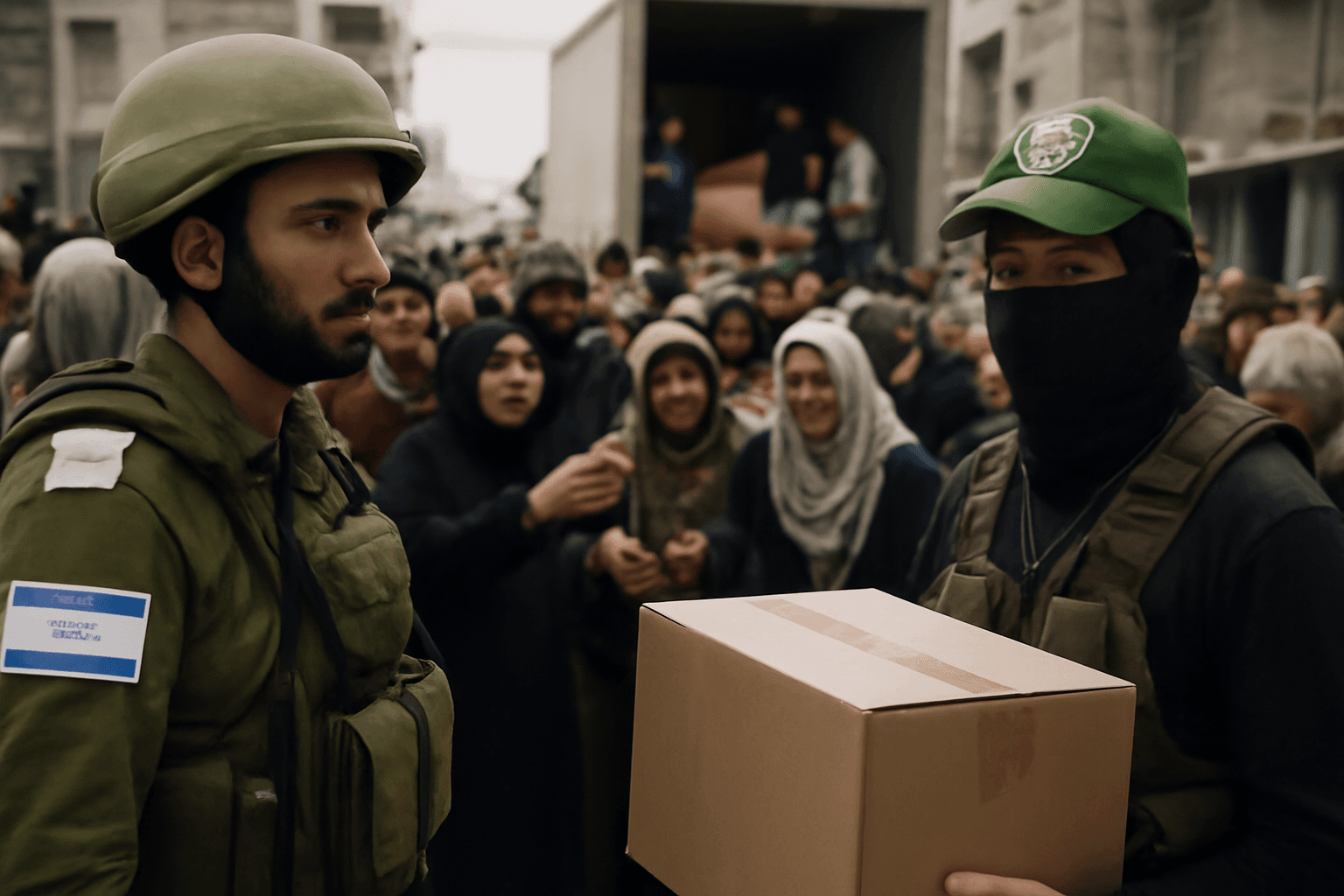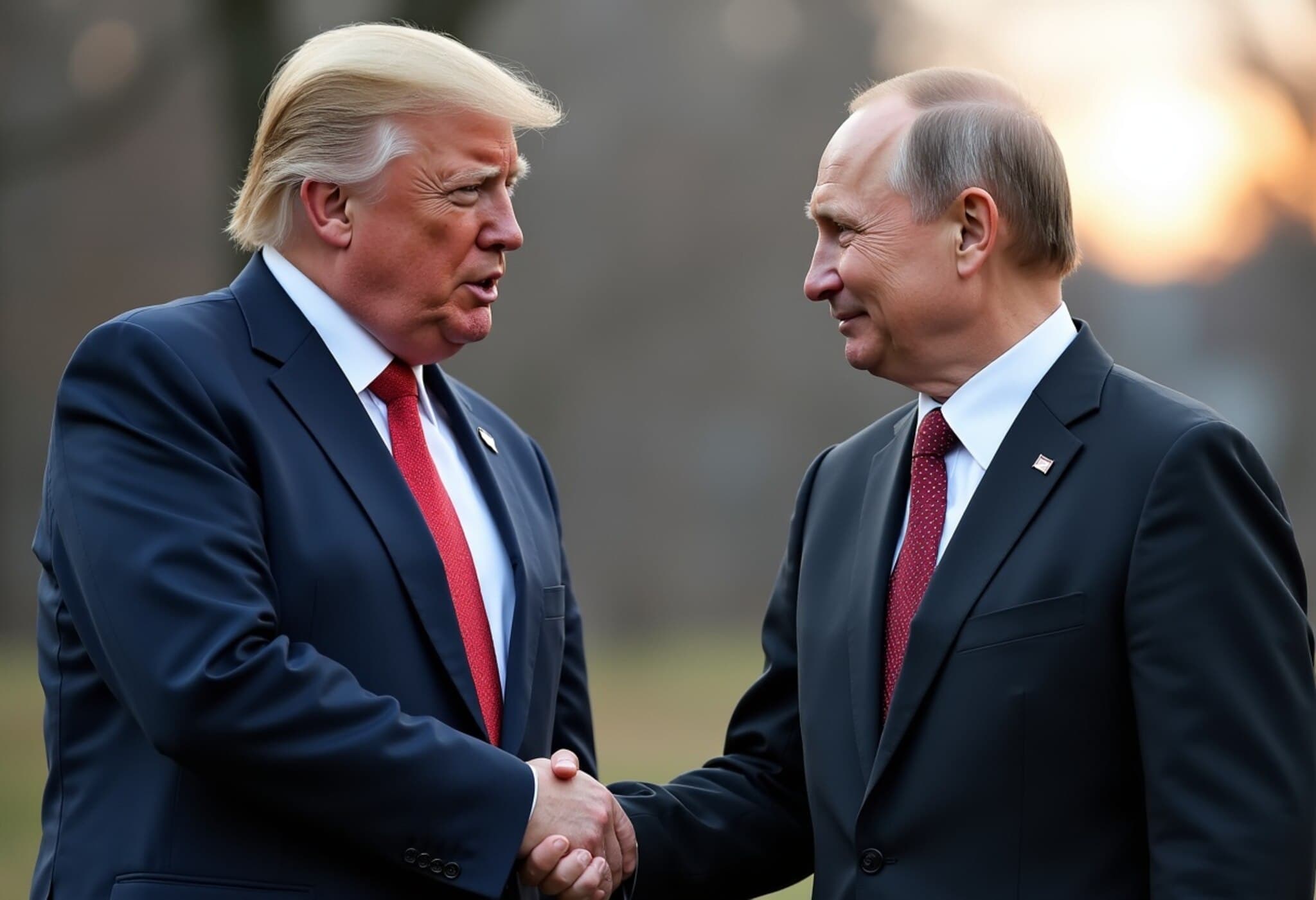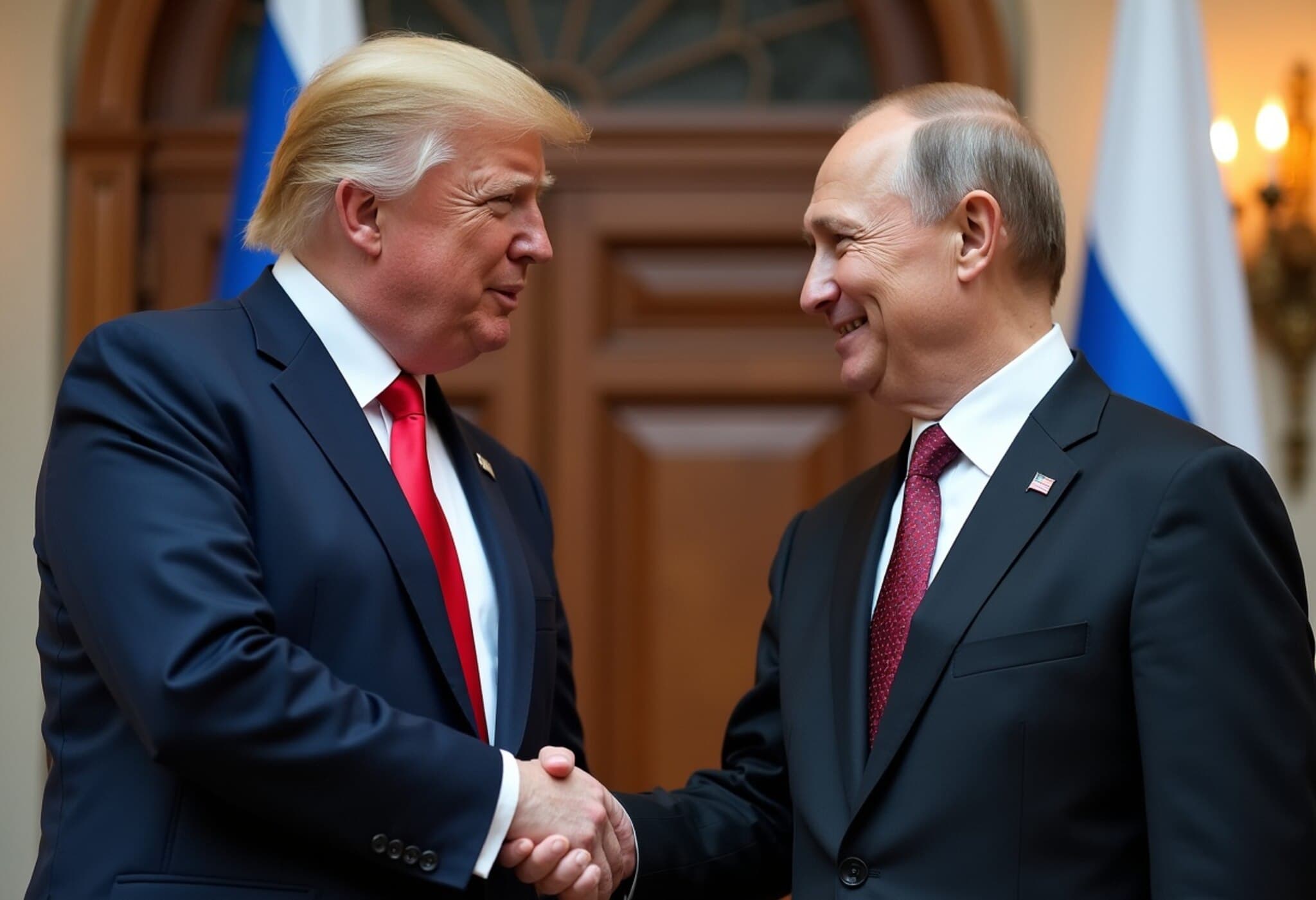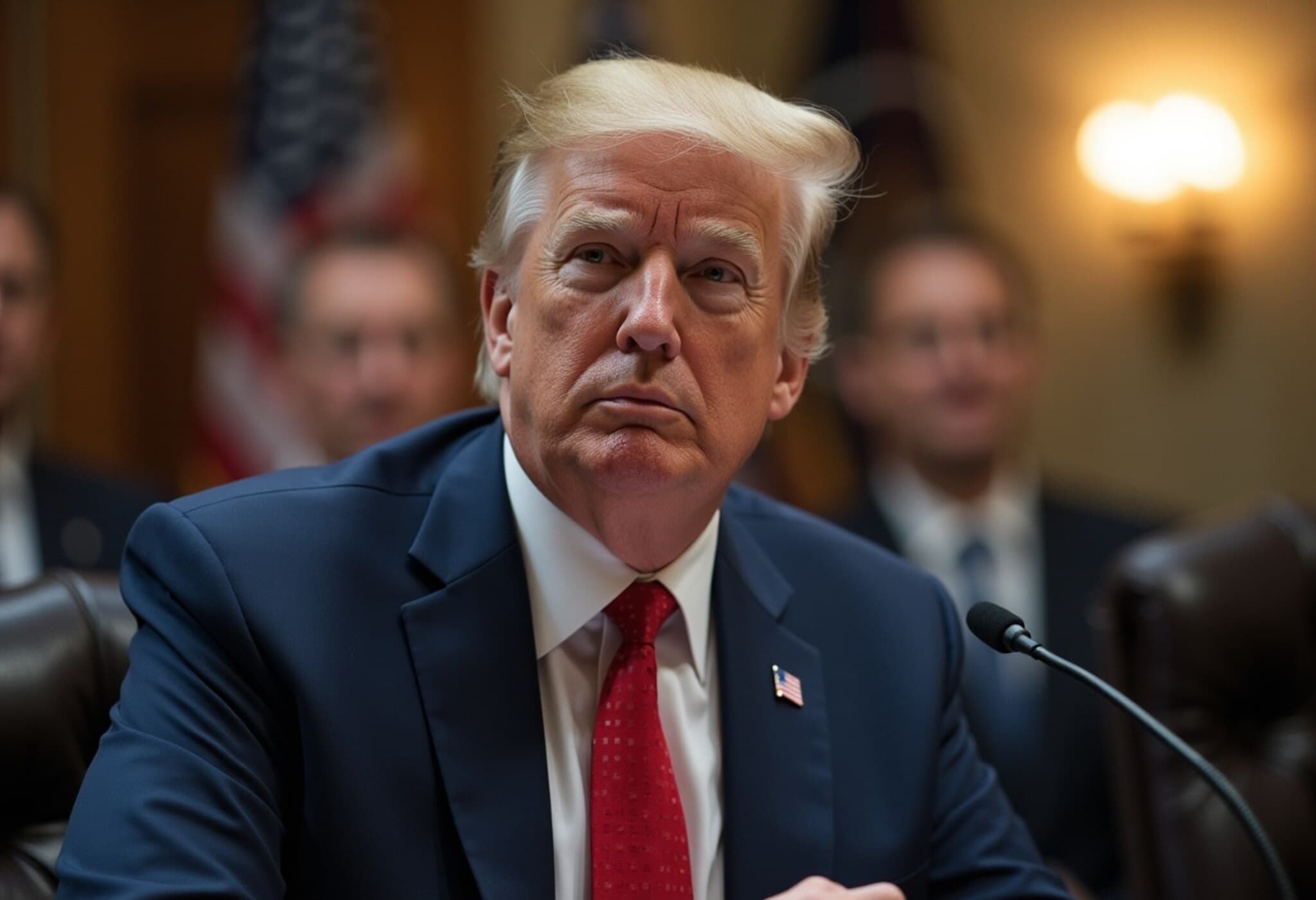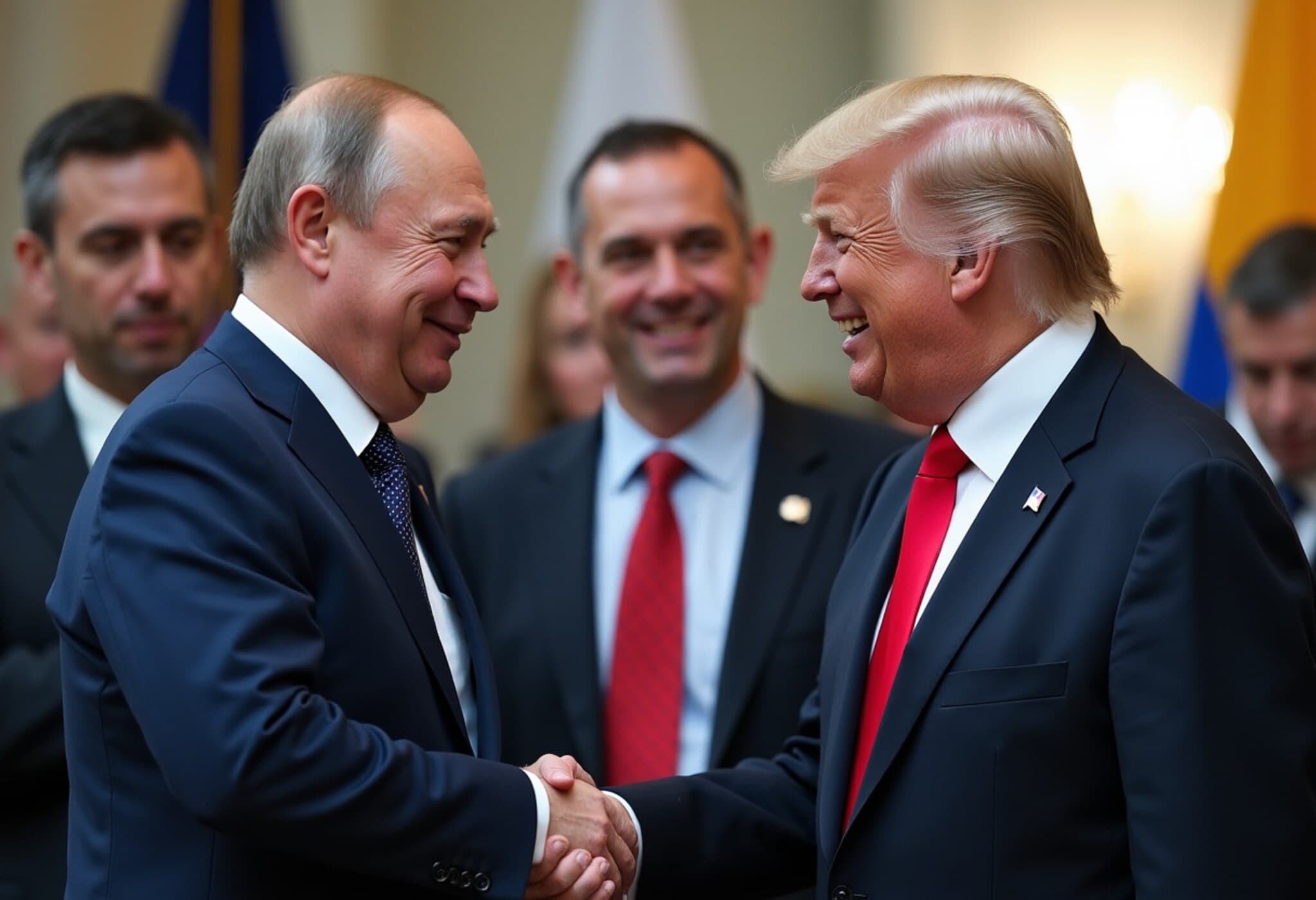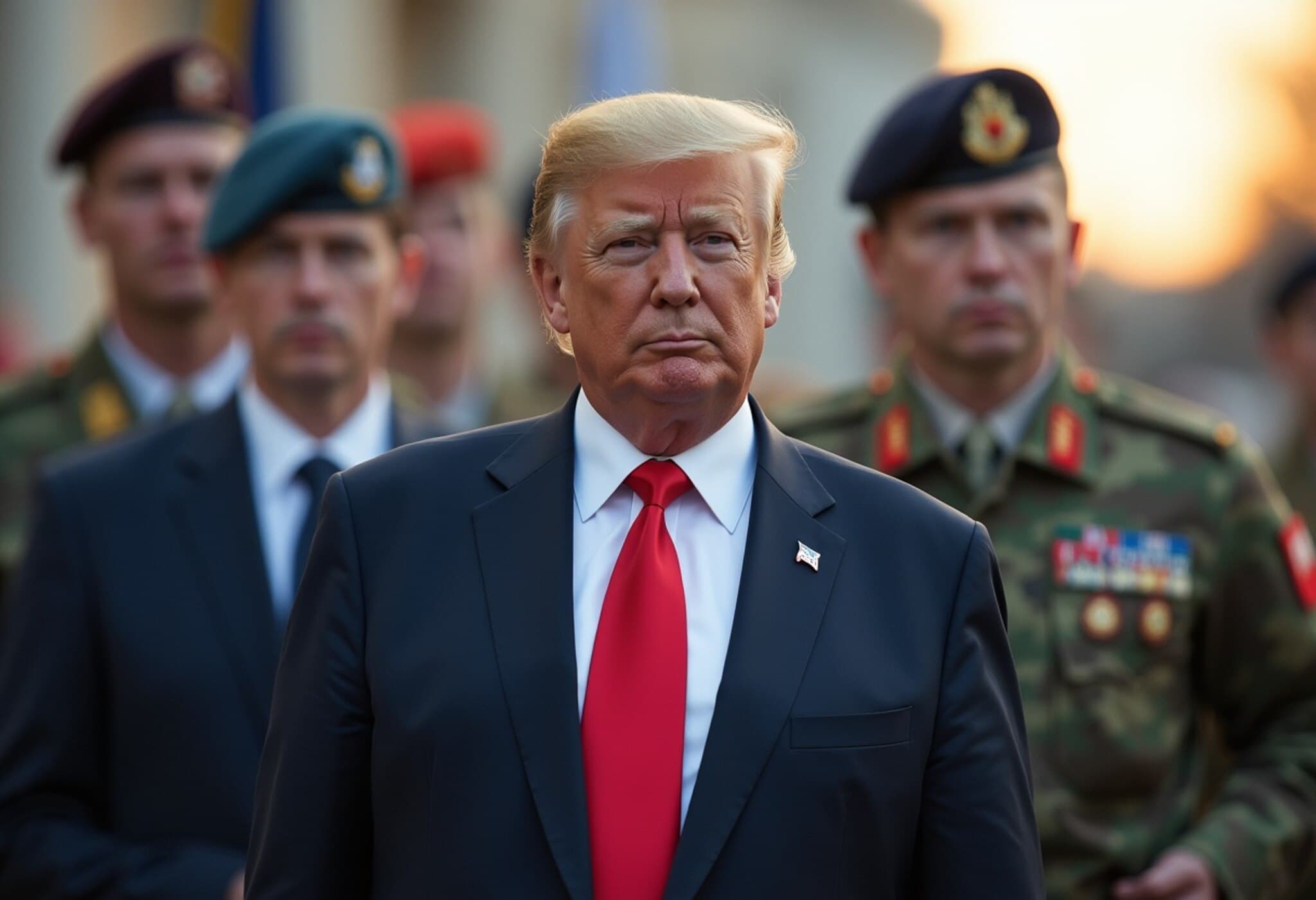Trump Suggests Three-Way Summit to Broker Ukraine Peace Deal
In a bold diplomatic overture, former US President Donald Trump proposed a subsequent three-party meeting with Russian President Vladimir Putin and Ukrainian President Volodymyr Zelenskyy to hammer out a comprehensive peace agreement aimed at ending the ongoing war in Ukraine. This proposal comes on the heels of his scheduled August 15 Alaska summit with Putin, which Trump himself characterizes as a preliminary encounter rather than the final negotiating table.
Setting the Stage in Alaska: A Prelude to Agreement
Trump indicated during a Thursday interview on Fox News Radio that the upcoming Alaska meeting serves primarily as a foundational discussion, with only a 25% probability that it may not yield immediate success. "This meeting sets up the second meeting, but there is a 25 percent chance that this meeting will not be a successful meeting," he acknowledged candidly.
Trump elaborated that the true breakthrough would come later, when all three leaders convene. While he jokingly referred to the sensitive task of partitioning terms as “divvying things up,” he underscored the gravity of that joint session as the platform where a deal would ultimately be forged.
The Symbolism and Stakes of the Alaska Summit
The August 15 talks at Joint Base Elmendorf-Richardson in Anchorage carry historic and geopolitical weight. It will be President Putin's first visit to the US in a decade, meeting on American soil just across the Bering Strait from Eastern Russia — a region symbolizing centuries of complex relations, dating back to the 1867 Alaska purchase.
According to the Kremlin’s itinerary, the meeting will commence with a private tête-à-tête between Trump and Putin, followed by delegation talks and a joint press conference. White House Press Secretary Karoline Leavitt described the encounter as a "listening exercise," aimed at clarifying Putin's priorities ahead of more substantive negotiations.
Broader Diplomatic Context and Challenges
Despite the fanfare, Ukrainian officials will notably not attend the Alaska summit, reflecting both ongoing tensions and the sensitive nature of the discussions. However, President Zelenskyy recently participated in a multilateral call with Trump and European leaders focusing on principles such as ceasefire implementation, humanitarian access, and security guarantees.
US Secretary of State Marco Rubio emphasized that any viable peace deal must anchor on "security guarantees for Ukraine," signaling persistent US policy concerns despite the unprecedented direct US-Russia dialogue.
Putin’s Possible Demands and the Road Ahead
According to reporting by The New York Times, Russia’s potential bargaining chips include:
- Formal recognition of Russian sovereignty over eastern Ukrainian territories
- Constraints on Ukraine’s military capabilities
- Exclusion of Ukraine from NATO membership
- Establishment of a Moscow-friendly government in Kyiv
These demands underscore the intricate balancing act required to reconcile territorial integrity, sovereignty, and regional security interests.
Trump’s Political Motives and Global Implications
Trump, who campaigned on swiftly ending the Ukraine conflict within 24 hours after returning to office, has publicly linked his peace initiatives to ambitions of a Nobel Peace Prize — a move that has drawn both skepticism and interest from international observers.
Expert observers caution that the path to peace necessitates more than high-profile summits; it requires nuanced diplomacy, guarantees for Ukrainian autonomy, and sustained multilateral engagement. The Alaska meeting, symbolic as it is, marks only the opening chapter in what will likely be a protracted, complex negotiation process with profound implications for US-Russia relations and European security architecture.
Conclusion
While the proposed trilateral summit offers a glimmer of hope amid an entrenched conflict, the real test lies ahead: crafting a durable, just settlement that respects sovereignty and peace. How the US, Russia, and Ukraine navigate these waters will shape not only the future of Eastern Europe but also the global geopolitical landscape in the years to come.
Editor’s Note: This developing story invites readers to consider the challenges of peacemaking amid entrenched conflict, the interplay of political motivations and diplomacy, and the critical role of international guarantees in ensuring lasting stability. As negotiations unfold, the world watches whether dialogue can pave the path from war to peace.

